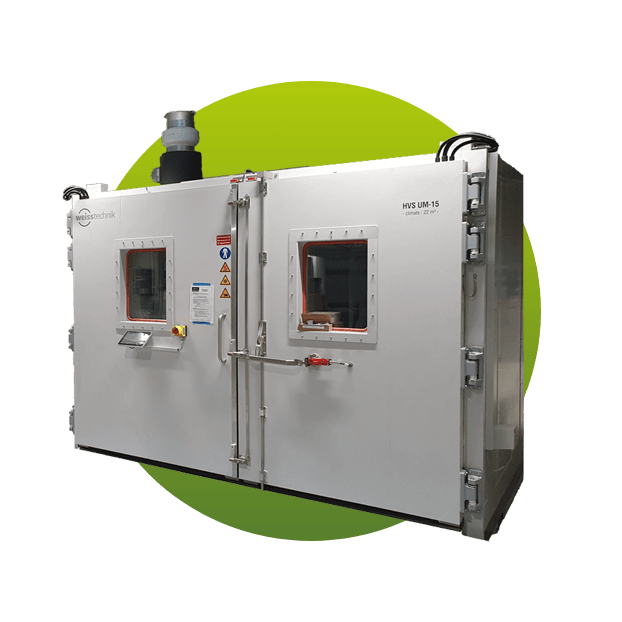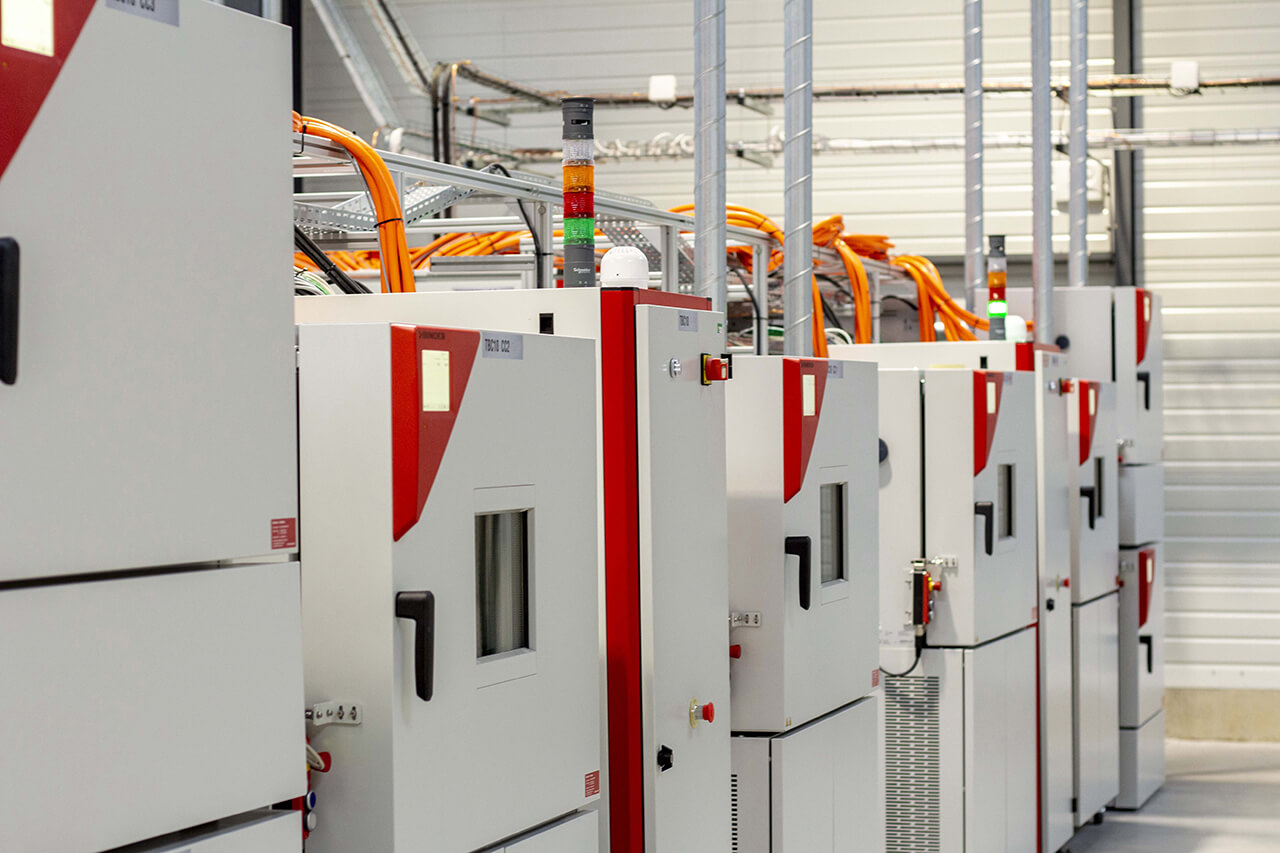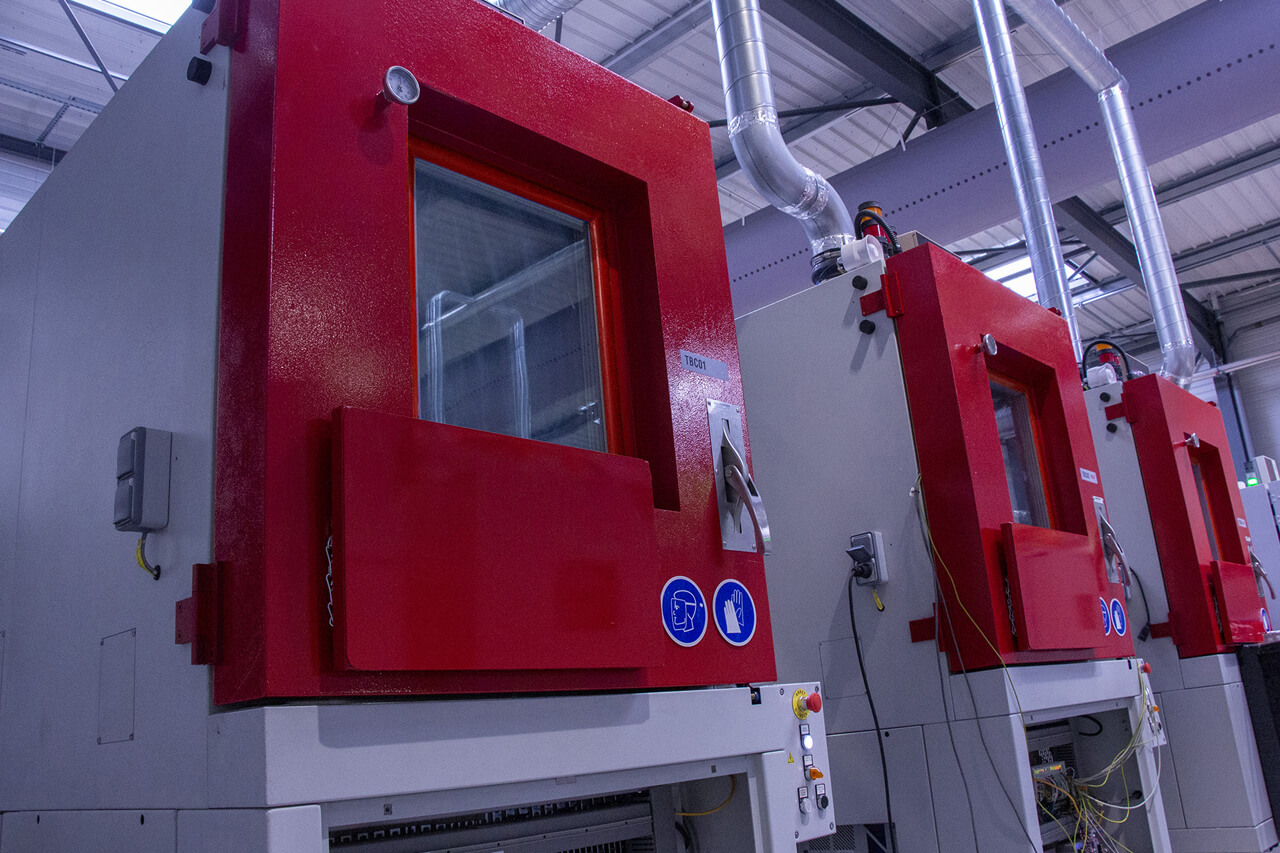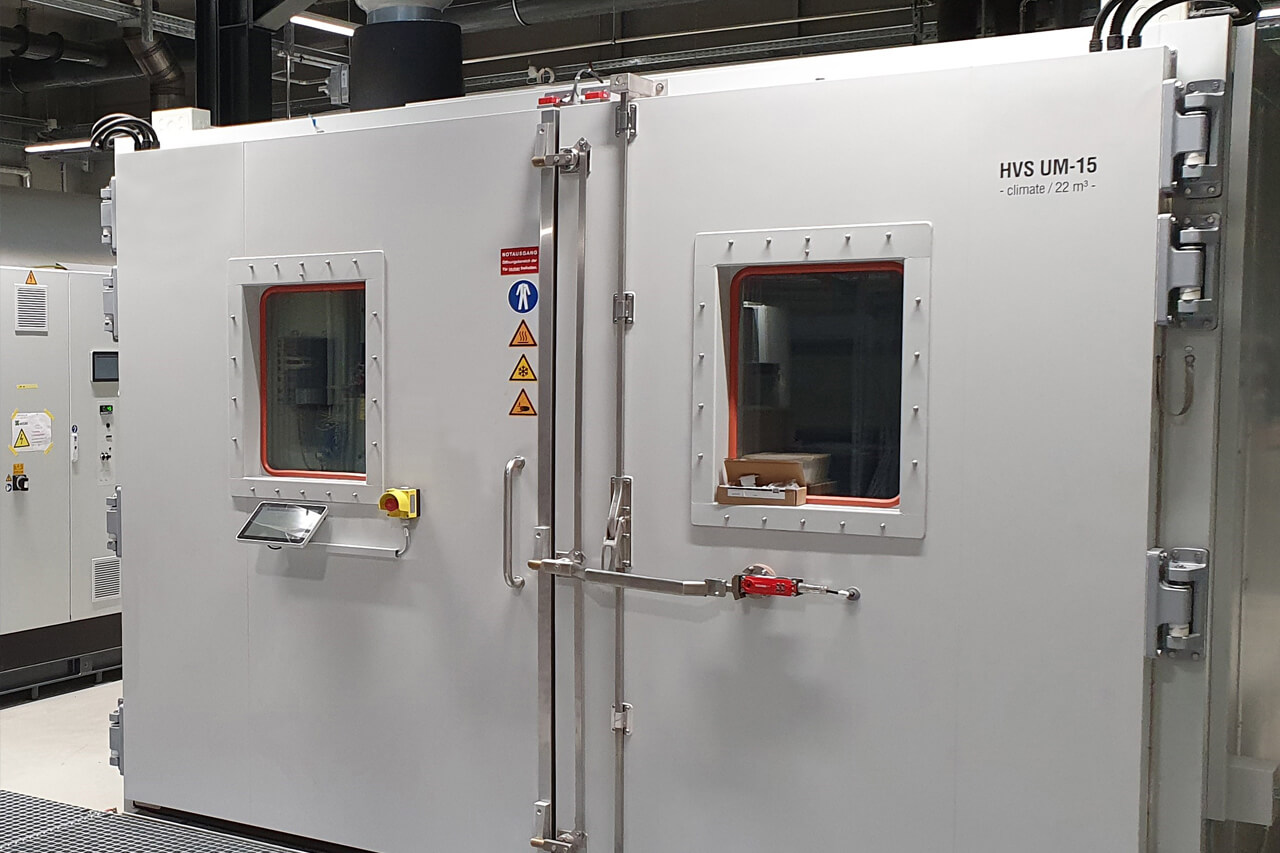
Battery Test Bench: From Durability to Research
ENORISE has created a multi-stage battery cell test bench solution. It takes into account the need for benches to develop from endurance tests to advanced research tests. Because it is an open and scalable solution, it can be adapted to all existing and future bench equipment: power drives, climate chambers, cooling systems, etc. Its flexibility and high performance allow it to evolve with future methodologies, including more complex testing procedures, robust databases and real-time model integration on the bench.
Why?
These solutions have been implemented at eDLP, the new ENORISE battery test center. Explore this world-leading battery test center.
Battery tests are performed either on a complete battery — called a pack — or on one or more cells that make up the battery. To optimize the cost of tuning the battery, it is better to work on the cell than on the pack. Simulating and integrating models allows for complete consideration of the cell’s environment.
ENORISE also offers abuse testing facilities, including short-circuit tests, simulations of internal cell errors and acceleration and impact tests in extreme crash scenarios.
Battery Cell Benches

These benches offer voltage up to 10 V, with current exceeding 1000 A for some OEMs. They include climate chambers that can accommodate multiple Units Under Test (UUTs) and often incorporate Electroimpedance Spectroscopy (EIS) measurements. Special care is taken with this type of bench to optimize the test field layout, minimizing the total footprint of the setups as well as the length of the expensive copper cables.
Cells:
- Up to 24 channels depending on the device
- From 0 to 10 V / up to 1000 A for each channel
- Climatic chambers operating from -40 °C to +90 °C
- Continuous nominal current: up to 1000 A
- Current parallelization: up to 6 channels
- 1 MORPHEE® Ausy for the power unit, controlling up to 32 channels
Battery Module Benches

With voltage up to 200 V and current up to 600 A, a module is usually a combination of multiple cells. These modules sometimes have their own dedicated Battery Management System (BMS) and are increasingly designed to be liquid-cooled.
Modules:
- Up to 16 channels depending on the device
- Voltage: 0 to 300 V
- A climate chamber: -40 °C to +90 °C
- Fire protection: Fire + smoke detection + CO2 extinguishing system + smoke exhaust
- Continuous nominal current: 600 A
- Current parallelization: up to 4 channels
- 1 MORPHEE® Ausy for up to 16 channels
Battery Pack Benches

With voltage and current ranges up to 1200 V, these battery systems combine multiple modules and sometimes multiple packs, also known as string packs. Battery packs require large walk-in chambers for easy installation; these chambers can accommodate up to 8 packs simultaneously, depending on the configuration. This category is the most complex, as it may involve multiple BMSs and several cooling circuits. Special care is taken in this type of bench with regard to the safety concept and the safety rating of the hardware used.
Packs:
- Charge/discharge cabinet, up to 1200 kW, output voltage: 20-1200 V, output current: ± 2400 A
- Fully integrated solution with all safety components
- Climatic chambers available in different sizes, including walk-in chambers: -40 °C to +90 °C
- Safety solution includes a sensor system, an extinguishing system and fire dampers
- Cooling system: eCoolCon from ENORISE
- MORPHEE® Ausy: control of up to 8 packs
Contact our
Battery
experts


